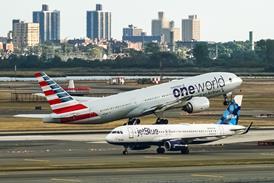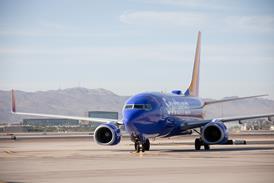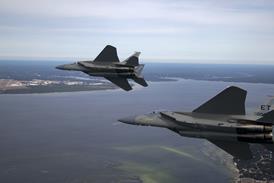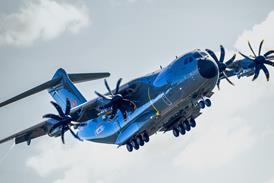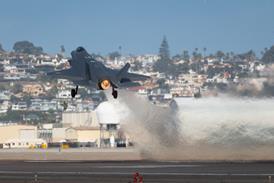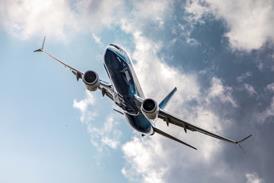Since the 1970s, private flying has been losing out to other recreational activities, from sailing to skiing. The reason, industry believes, is that learning to fly and owning an aircraft has become too costly and complex for those simply looking for something enjoyable to fill a weekend.
High hopes of a resurgence of interest in recreational flying in the USA attend the impending release of proposed rulemaking that would establish a new pilot certificate and aircraft category designed to make learning to fly cheaper and easier. The sport pilot rule, as it is known, is similar to existing regulations in Canada and Europe.
A long time in the making, and still vulnerable to possible repercussions from the 5 January suicide crash, release of the sport pilot notice of proposed rulemaking (NPRM) by the USFederal Aviation Administration is imminent. Final details of the NPRM are not known, but if approved as outlined by the FAA, the rule will establish a sport pilot certificate and a light-sport aircraft category.
Obtaining a sport pilot certificate should take about 20h flying training, compared with 40h for a private pilot licence, but will limit the holder to flying single-engine, two-seat, fixed-gear aircraft with a maximum gross weight of 560kg (1,230lb), maximum clean stall speed of 45kt (85km/h) and maximum cruise speed of 87kt (increasing to115kt with additional training). Only day visual flight rules operation will be permitted. The limit on top speed has attracted criticism, but is intended to reassure the public that these are low and slow flying aircraft.
The existing but little-used recreational pilot certificate limits flights to within 90km (50nm) of the airport; ultralight flying is unregulated, but restricted to single-seat aircraft under 450kg. So qualifying for a sport pilot certificate will offer the holder the opportunity to fly a respectabledistance and take a passenger along.
Two aircraft sub-categories are proposed by the rule. Existing aircraft meeting the requirements will have to be N-registered under the experiment light-sport aircraft category if they are to be flown under sport pilot rules; and new kit aircraft will be registered under the same category, but without the requirement that the owner build at least 51% of the aircraft. This opens the door for kit manufacturers to deliver near-complete aircraft.
The proposed category for factory-produced light-sport aircraft holds the promise of creating a new sector of the general aviationindustry. Recognising the requirements of full Part 23 certification would push up costs prohibitively. The FAA is proposing a different approach to approving new light-sport aircraft. Instead of demonstrating Part 23 compliance, manufacturers will be required to document that their aircraft meet a recognised design standard, such as Europe's JAR-VLA. A quality-control plan which ensures all aircraft meet the design standard will also be required. Compliance will be monitored by designated airworthiness representatives.
"These aircraft are not going to be regulated like Part 23. The FAA have told us they expect industry to come up with a consensus specification for design and production," says Earl Lawrence, USExperimental Aircraft Association vice-president of government and industry relations. "The FAA will not approve these aircraft. They will be built to a design standard and quality control plan, and the certificate will be issued by a designee."
There is debate over how much of a market the sport pilot rule will unlock. Several kitplane manufacturers are ready with factory-produced versions of their existing aircraft, but most agree it will take truly modern designs to compete for the consumers' attention with the attractions of all-terrain vehicles, personal watercraft and Harley-Davidsons.
Source: Flight International


